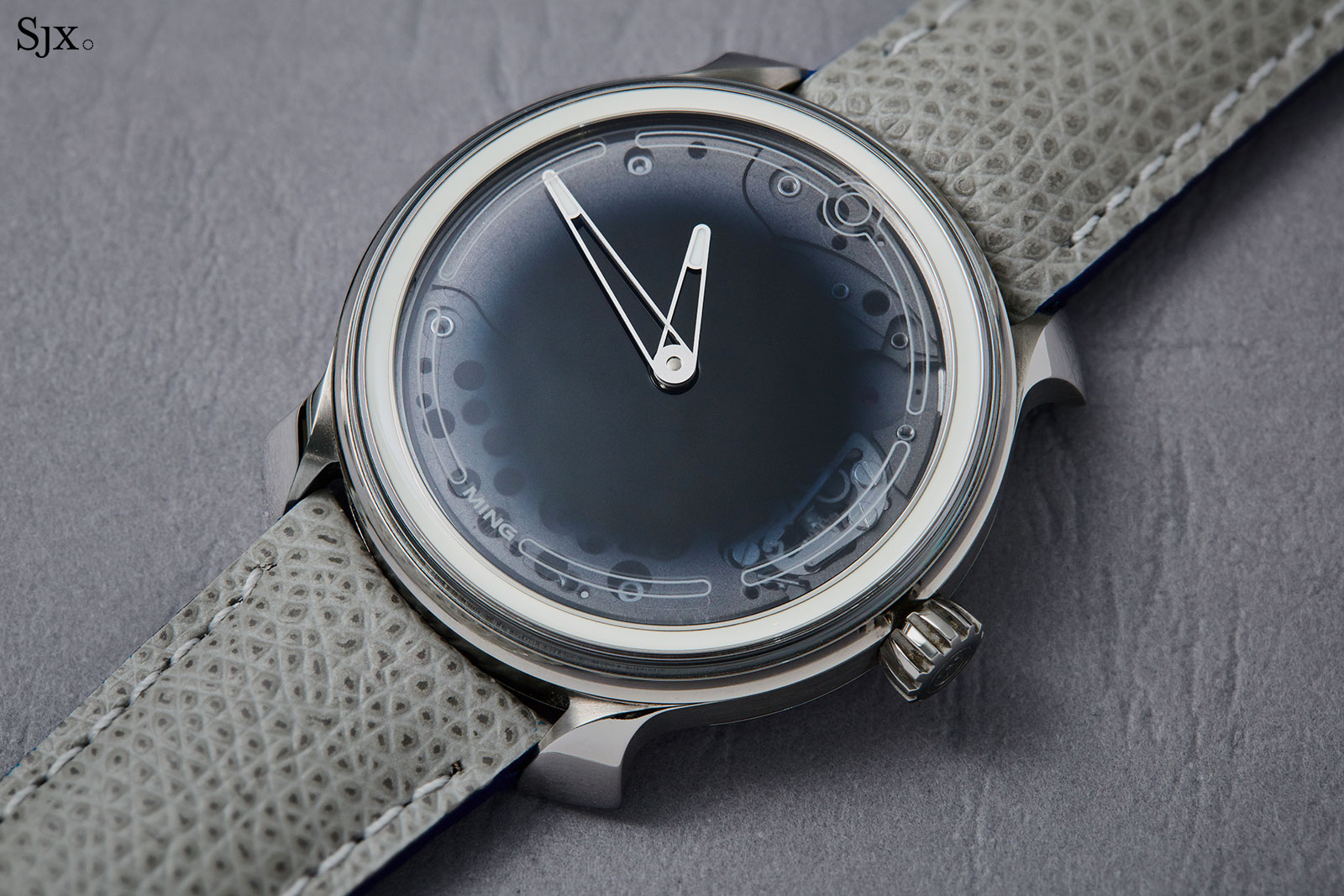
- #Ming watches mac os x#
- #Ming watches mac osx#
- #Ming watches pro#
- #Ming watches password#
- #Ming watches professional#
#Ming watches password#
Again, you will need your Administrator password to do so.ģ) If you do not use Font Book, go directly to the System/Library/Fonts/ folder, you can manually remove them after a restart. The fonts should disappear from Font Book's list and the fonts themselves from the With both files still highlighted, right click (or Ctrl+click with a one button mouse) and choose "Remove Fonts". Disable the fonts using the menu or by pressing Command Delete the files Helvetica.dfont and HelveticaNeue.dfont.ĭo not remove any other fonts! Restart your Mac.Ģ) If you use Font Book, open Font Book and highlight both Helvetica and Helvetica Neue. System/Library/Frameworks/amework/Versions/A/Frameworks/A TS.framework/Versions/A/Resources/ProtectedFonts/ folder. dfont copy.īecause Leopard keeps resurrecting them, removing Helvetica.dfont and HelveticaNeue.dfont is not a simple matter, but it can be done. dfont versions, leaving only one PostScript typeface active that didn't already exist in the. Even with the option to allow Suitcase to manage system fonts on and Font Book's option to "Alert me if system fonts change" off, Suitcase still could not override the. I tried activating a Type 1 PostScript version of Helvetica through Suitcase Fusion with Apple's version still in place. On top of that, if you try to open a Type 1 PostScript or OpenType PostScript font, only these styles not already active in the. It doesn't even give the option of choosing one over the other. Especially since Font Book always favors the Apple versions when using Resolve Conflicts. Must use PostScript versions of Helvetica.
#Ming watches professional#
While this is a wonderful safety net for the typical user, it's a headache for professional printers and prepress shops who Removing Helvetica and Helvetica Neue in Leopard.Īpple has gone to fairly great lengths in Leopard to protect the user from themselves by protecting certain fonts.
#Ming watches pro#
Use a font manager such as Suitcase (versions X or X1), MasterJuggler or FontAgent Pro to overcome this limitation. The disadvantage of opening fonts this way is that they will not be available to programs running in Classic. OS X will see and open all fonts in any subfolders. Unlike OS 9 or earlier, you can place folders of fonts into a Fonts folder. You can also place permanent copies of Courier and Helvetica in any of your hard drive folders listed in the next section. dfont version of Courier New also and use a standard PostScript Type 1 or PostScript OpenType copy of Courier instead. Despite its technically different name, "Courier New" conflicts with the PostScript "Courier". Then permanently activate Type 1 PostScript or PostScript OpenType versions of Courier and Helvetica with your font manager. You will need Administrative access to remove these two fonts. In Tiger and Panther, remove Courier.dfont and Helvetica.dfont from the dfont, a Type 1 PostScript or OpenType version. Any form of Courier or Helvetica will do to satisfy OS X's needs, whether they are the supplied.

As mentioned above, Courier (for Panther and Tiger), Helvetica Neue (for Leopard) and Helvetica (all) must be present in some form. Here's an except of it that you need for your situation.Ĥ) If you work in a professional prepress environment, then this section will be important to you.
#Ming watches mac os x#
I've been working on my font management article,įont Management in Mac OS X Tiger and Panther, to update it for Leopard. If you can help me better with more info, feel free to ask. It makes the apps look a bit weird.ĭo I have to deal with this weird last option to work with my Type 1 font or is there a way to have both fonts activated, and be SURE the system uses the Apple's version for apps? Like is there a folder in which I could place my Type 1 font so FontBook (the Apple's font manager) will consider his TrueType font to be THE one to use for apps? Now, I tried to switch from Apple's TrueType to any Type 1 or OpenType font simply by replacing the font in the user/Library/Fonts folder (I read this was possible to do, so I tried it), but it causes some applications to have their Helvetica Neue typing a little higher above the usual baseline than it's supposed to be.

Can you imagine what it does to a layout if I let the Apple's version to override my Type 1 I'm used to work with? It wouldn't be so much of a problem if the fonts were REALLY the same: I noticed the one from Apple has a baseline set to be about 15% or 20% lower than my Type 1 version.


#Ming watches mac osx#
The problem is mainly because I use a very elaborated Helvetica Neue Type 1 font for a customer (I'm a graphic designer) and it creates a font conflict problem with the one included and used by Mac OSX Leopard.


 0 kommentar(er)
0 kommentar(er)
